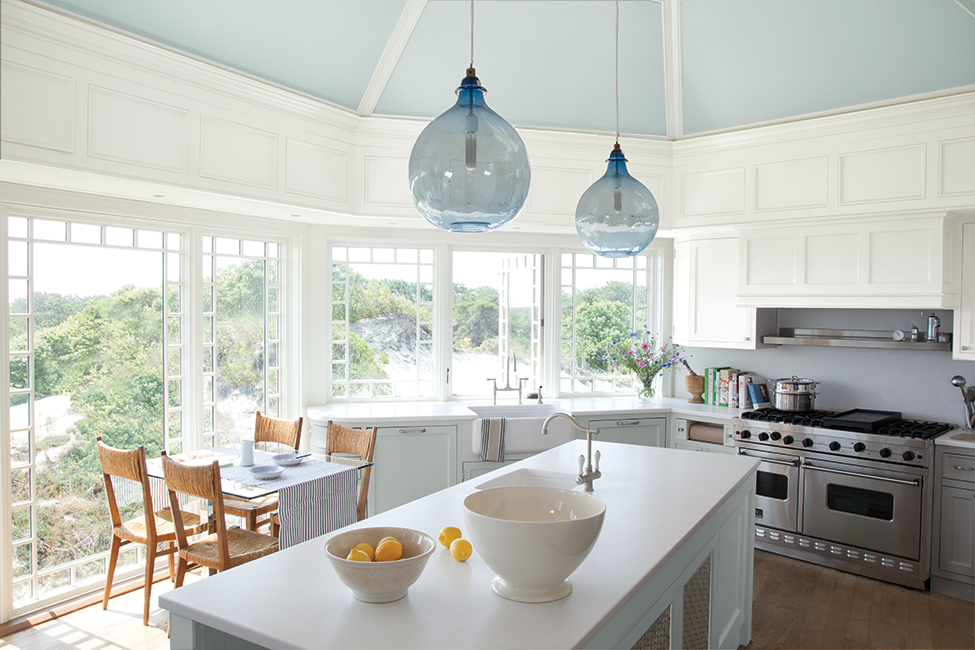
Want to completely transform the way your home looks and functions this year? Because the kitchen is the most dynamic, gathering-oriented and useful room in the home, a kitchen redesign is an easy way to create a big impact. And did we mention that it increases your home’s resale value? It’s a win-win!
No matter the budget or style, there’s a great kitchen solution waiting to fit your family’s tastes and needs. Consider these creative kitchen design ideas when planning your kitchen remodel. And, when in doubt, don’t forget to ask the kitchen design experts at GNH Lumber for guidance and tips. Schedule a free consultation.
So, what are some unique ideas for a fresh kitchen design? Here are our top 4 picks:
1. Two Distinct Counter Islands
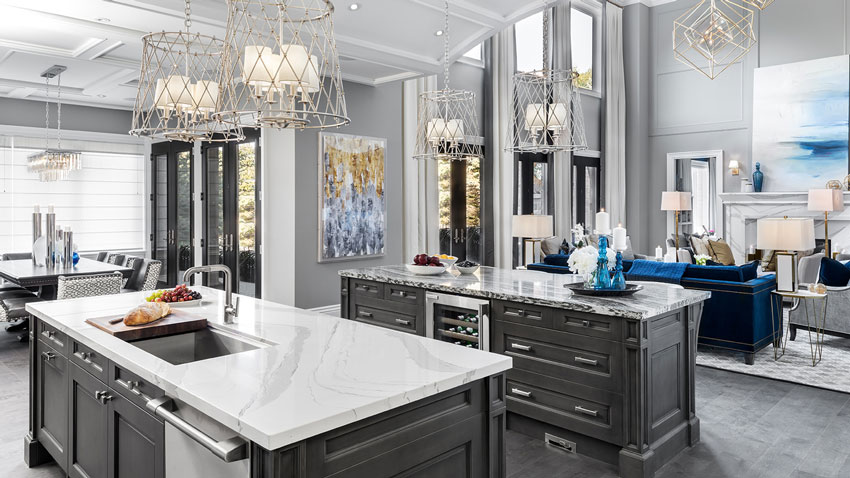
Two distinct islands featuring Cambria Brittanicca™ and Roxwell™ pair with black cabinetry and gray hardwood floors. (Image source: Cambriausa.com)
When it comes to kitchen islands, sometimes more is more. According to Cambria, if your kitchen is large enough to accommodate this design, “a double island layout may be the answer to all your prep, entertaining, and family dining needs.”
Double islands are functional and stylish, and a good alternative to one large island. They can help you create distinct zones for food preparation and dining, as well as facilitate traffic flow. Typically, in a double-island kitchen, the outer kitchen island is reserved for seating while the inner kitchen island is optimized for prep with a sink, cooktop, or both. If your friends and family spend a great deal of time in the kitchen, double islands may be for you. Having two distinct stations makes it easier to entertain a large group, create a meal together as a family, or gather for games.
In the image above, the Brittanicca island is used for food preparation, while the Roxwell island is designed for casual dining. Roxwell’s shimmer is accentuated with metallic hardware and lighting. A matching Brittanicca fireplace in the living room carries Cambria’s luxury design throughout the home.
2. Chic Meets Rustic
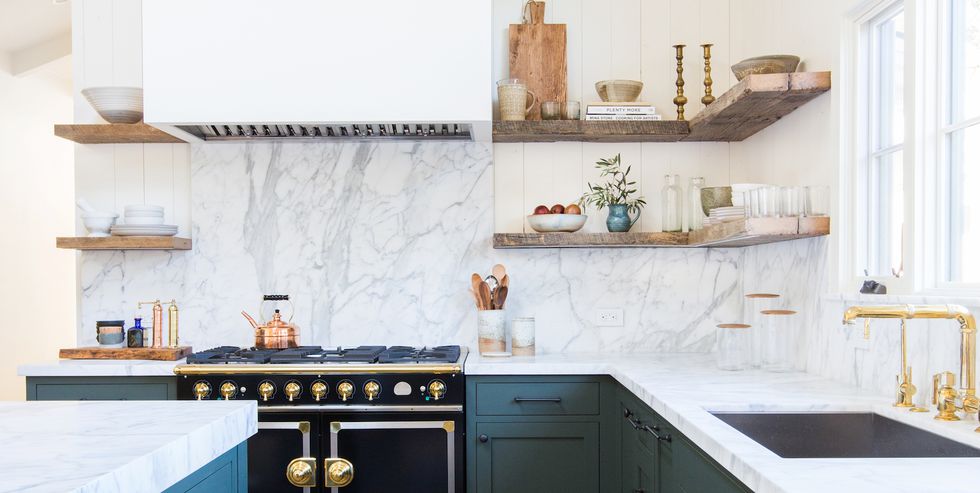
Highlight your kitchen’s focal point, like this stunning gold and black range, by opting for rustic open shelving. (Image source: AmberInteriorDesign.com)
The black and gold range is a glamourous focal point, which is accented well by rustic, wood open shelves. Their neutral tones and minimalist design ensure that they play a supporting role to the more dramatic features in the kitchen. They also provide an interesting counter-balance to the colorful cabinets below.
When planning your kitchen redesign, think about which appliance, structural feature or other glamourous element of the kitchen you wish to highlight or make a focal point. That way, you can plan accordingly so another aspect of the kitchen design doesn’t steal away its thunder.
When trying to “de-emphasize” a kitchen design element, a good practice is to make use of neutral tones, simple patterns and less flashy textures.
3. Create a Working Style Kitchen
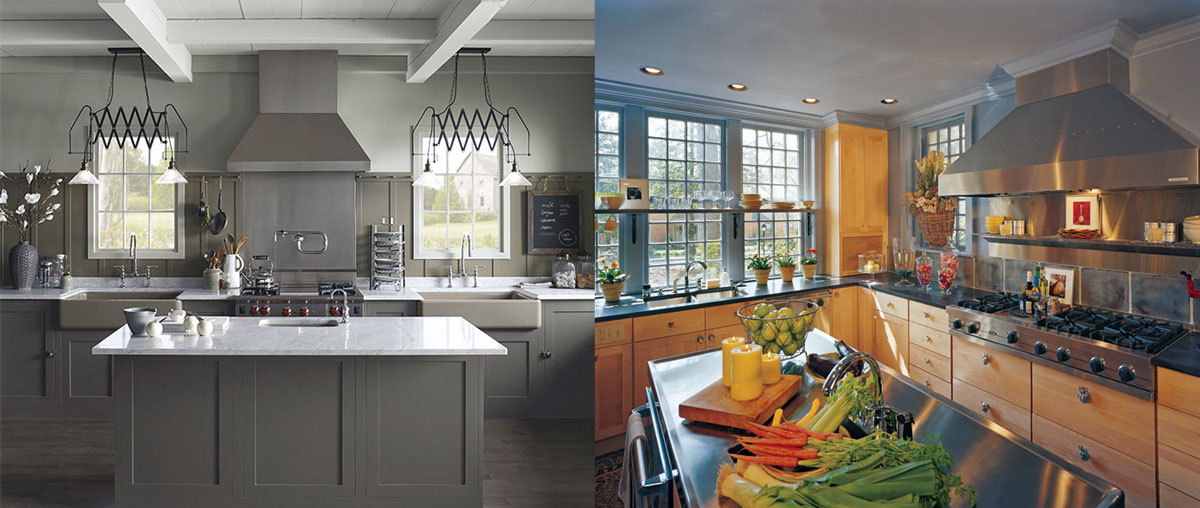
(Image sources: BenjaminMoore.com and Omegacabinetry.com)
As prepping and cooking becomes more and more a part of the entertaining process itself, restaurant-style kitchens are enjoying a rise in popularity. These kitchens often feature vast countertop surfaces, several large, deep-basin sinks, and industrial-style lighting fixtures in metallic finishes.
Get creative and add whimsical elements like rustic chalkboards for making quick recipe notes, large wooden cutting boards on display, exposed kitchen knives attached to accent walls with magnet strips. Then bring the look together with open-shelving that displays potted herbs, jars of seasonings and infused oils to help create a utilitarian feel.
You can go even farther by establishing separate work zones for prep work, sautéing, baking and clean-up.
4. Use Color in Unexpected Places
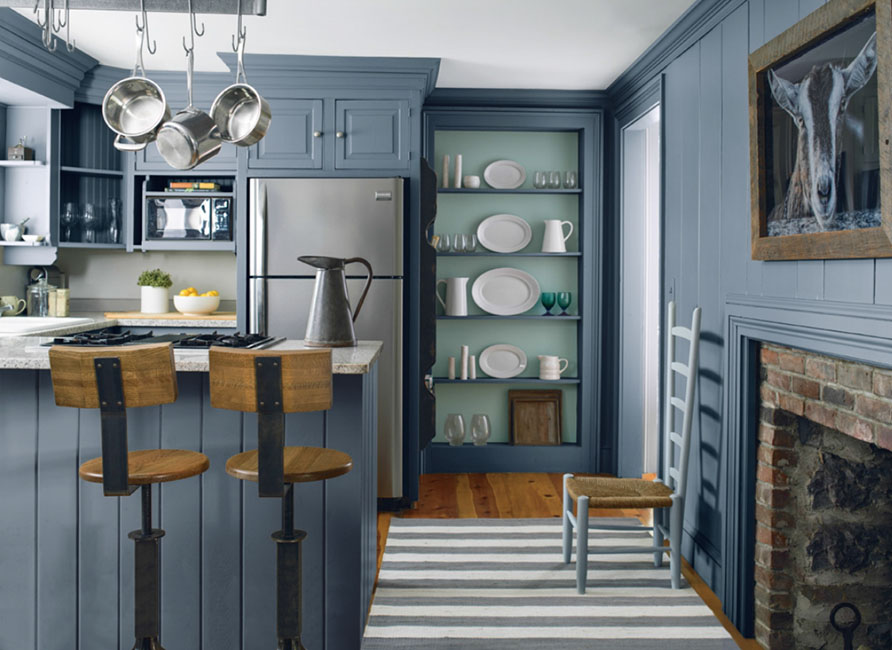
(Image source: BenjaminMoore.com)
The best way to change up your kitchen with a relatively small investment? Consider a well-placed coat of paint! The creative use of paint goes a long way towards redefining a space. Paint the back of your cabinets a fun color, like teal, to help them stand out from the wall, and brighten up your kitchen.
For a long time, white has dominated kitchen design. But, according to Benjamin Moore, “it may have to share the trend spotlight as pale or muted gray, blue and green cabinet colors shake things up a bit.
“If you’re not ready for a complete cabinet overhaul, consider a fresh coat of paint on lower cabinets or highlight an island with a different color. This will add some visual interest and a layer of detail, especially when the primary cabinet color is white and you use a deeper color on an island, desk area or banquette.”
Sources: https://www.benjaminmoore.com/en-us/project-ideas-inspiration/interiors/kitchen-ideas-inspiration/kohler; https://www.benjaminmoore.com/en-us/project-ideas-inspiration/interiors/kitchen-ideas-inspiration; https://refineanddefine.cambriausa.com/5-cambria-combinations-we-love/; https://www.housebeautiful.com/room-decorating/kitchens/g2190/open-shelving-roundup; https://refineanddefine.cambriausa.com/top-5-kitchen-layouts/

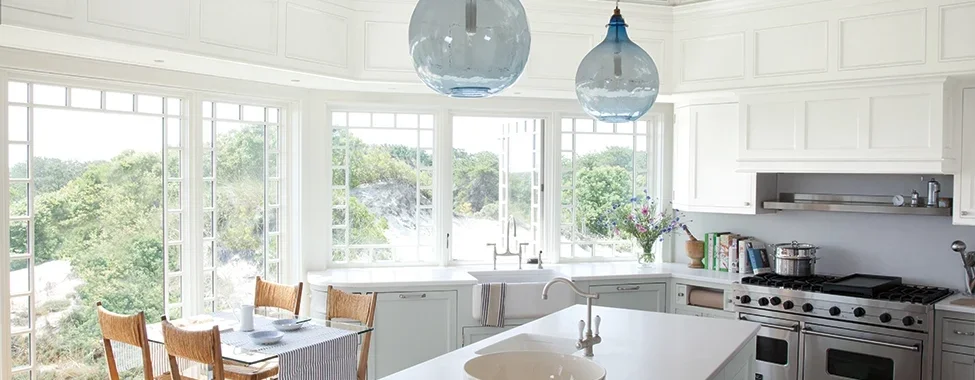
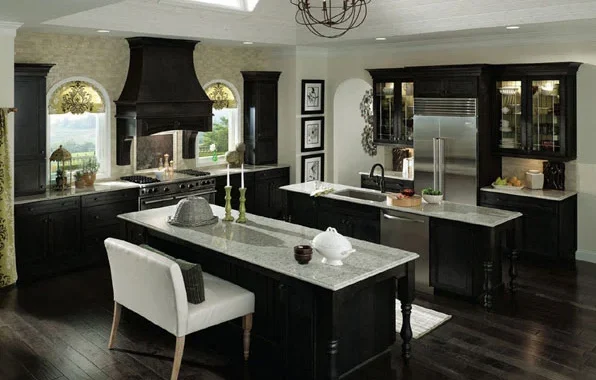
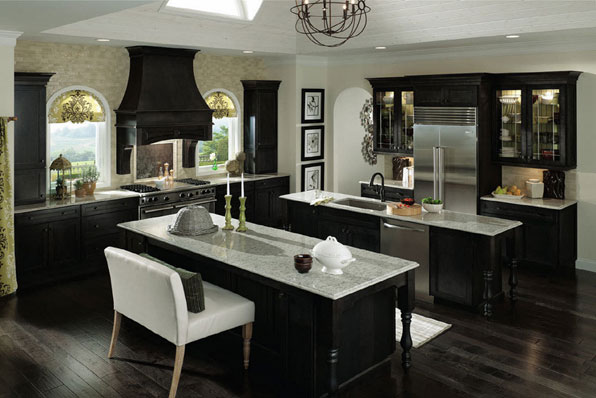 Kitchen Designers are “Creative Problem Solvers”
Kitchen Designers are “Creative Problem Solvers”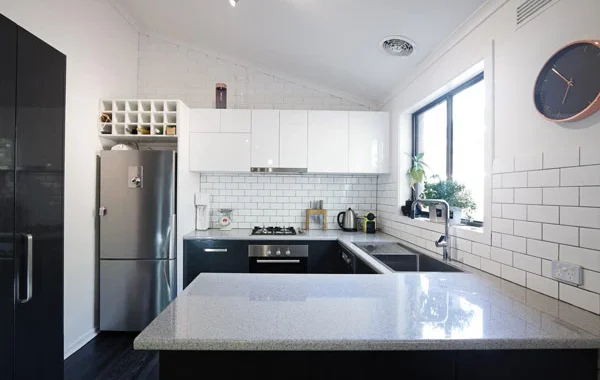
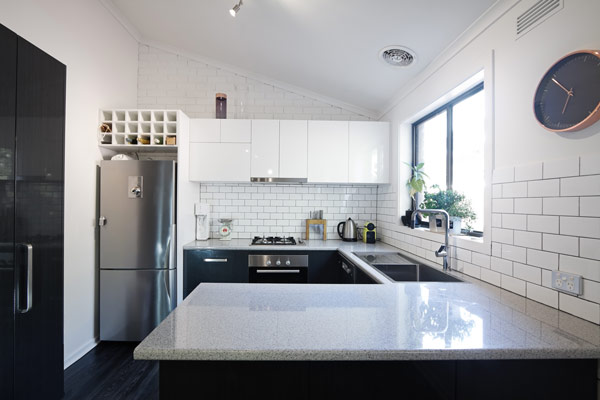 Subway tile backsplashes are a growing trend in
Subway tile backsplashes are a growing trend in 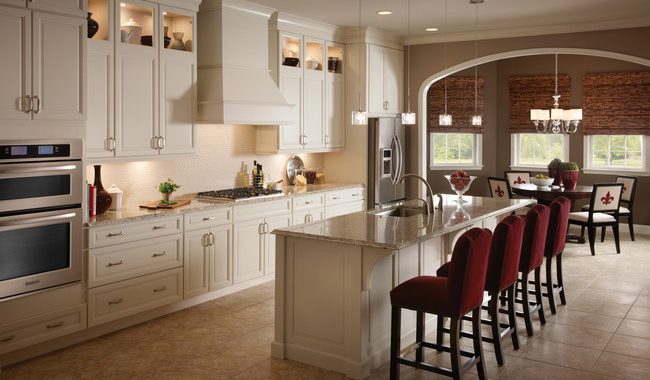
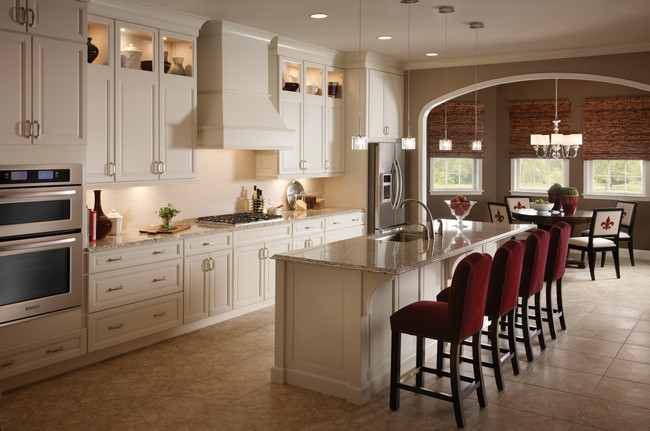
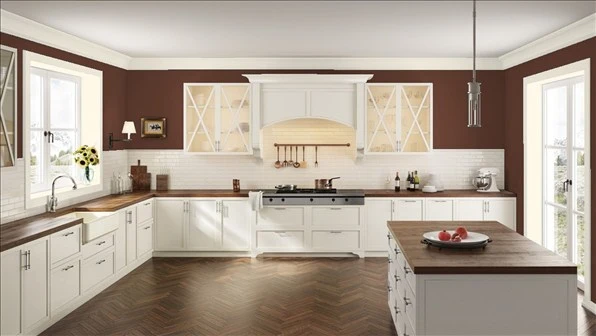
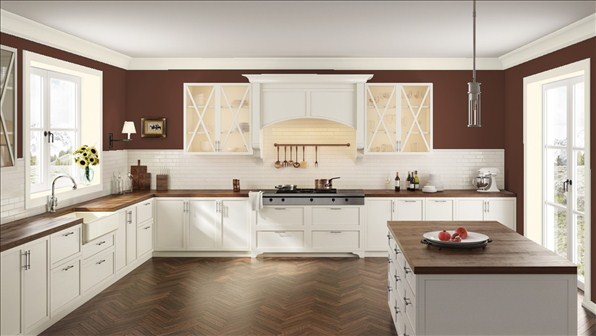
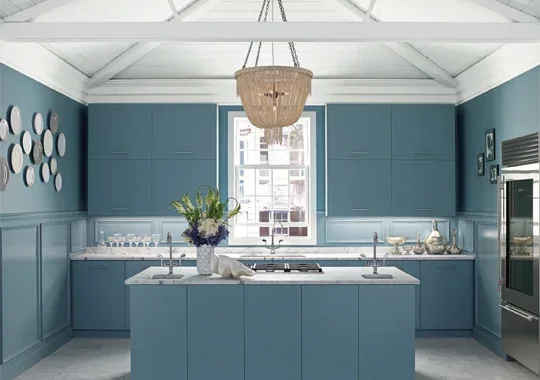
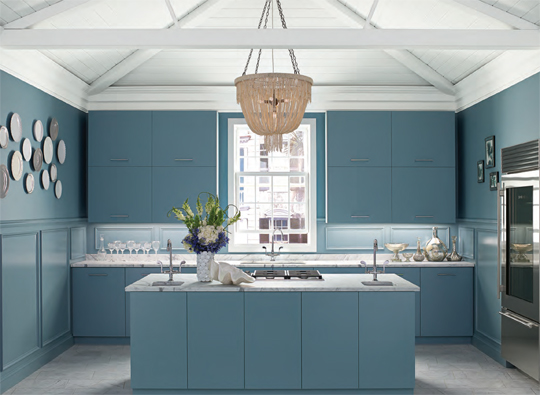
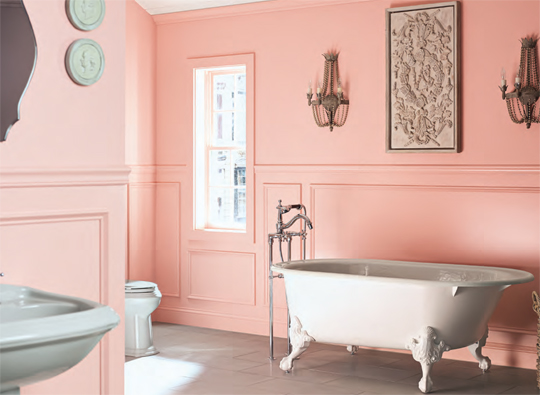 Inspired by the rich, distinctive architecture of historic southern towns, this elegant design palette pulls together soft pinks, saturated blues, and cloudy grays—along with sparkling details for a sophisticated look that can be customized for any home.
Inspired by the rich, distinctive architecture of historic southern towns, this elegant design palette pulls together soft pinks, saturated blues, and cloudy grays—along with sparkling details for a sophisticated look that can be customized for any home.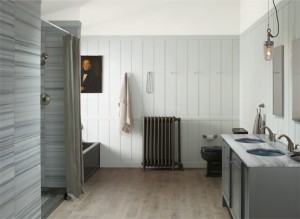 Inspired by the swelling blend of misty blues that line the sea and sky along the eastern seaboard, this beautiful palette features pale greens and blues. Light earthy tones add to the fresh, tranquil feel. In this bathroom, the walls are painted in
Inspired by the swelling blend of misty blues that line the sea and sky along the eastern seaboard, this beautiful palette features pale greens and blues. Light earthy tones add to the fresh, tranquil feel. In this bathroom, the walls are painted in 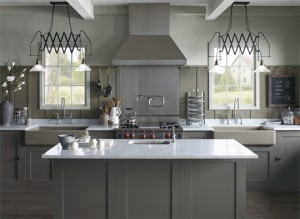 Inspired by the wondrous beauty of a well-worn, wind-beaten farmhouse, this palette features rich grays and taupes along with deep, complex neutrals. In this kitchen, the walls are painted in Stonington Gray HC-170 using
Inspired by the wondrous beauty of a well-worn, wind-beaten farmhouse, this palette features rich grays and taupes along with deep, complex neutrals. In this kitchen, the walls are painted in Stonington Gray HC-170 using